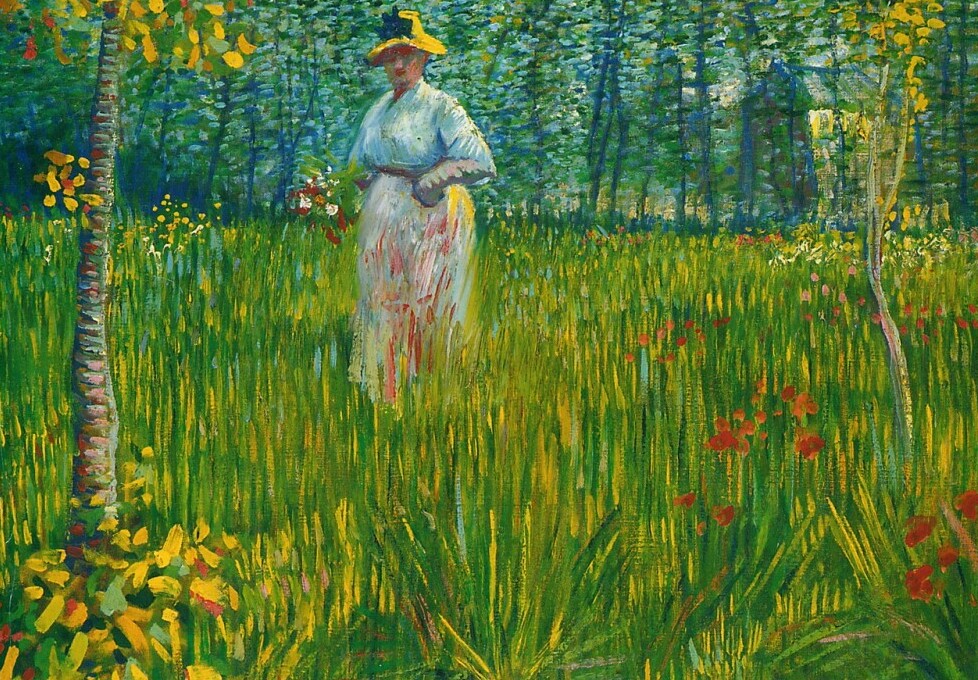What Is The Significance Of Light In Impressionism?
Have you ever stepped into a gallery and felt the atmosphere of a sunny afternoon somehow captured within the frames of paintings? That’s often the magic at work in Impressionist art, where light isn’t just a detail – it’s a vibrant character that plays a pivotal role. Impressionism was a revolutionary art movement that emerged in France during the late 19th century. It represented a substantial shift from the detailed, controlled compositions of academic art that dominated at the time.
The Impressionists broke free from these conventions, seeking to capture the essence of a scene rather than its precise form. For them, the interplay of natural light with the environment was central to this essence. They looked at the world with the intent to transcribe their ‘impressions’ rather than create exact replicas of the subjects. This philosophy turned the traditional way of painting on its head.
At the heart of Impressionism is the innovative use of light to depict images that seem to shimmer and move, giving viewers the sense of a moment caught in time. This wasn’t just a stylistic choice; it was a whole new visual language. By focusing on the varying qualities of light, Impressionists infused their work with a sense of immediacy and spontaneity that continues to enchant art lovers today.
Light, to the Impressionists, was the true subject of their art. It was a continuous puzzle that varied with the time of day, weather, and seasons, demanding a different palette and technique each time they set up their easels. Their commitment to capturing the changing light conditions gave rise to artistic techniques that elevated the status of light from a mere functional element to the narrative’s star.
Mastering the Play of Light: Techniques and Innovations
Impressionist painters were keen observers of nature, particularly fascinated by how light could alter the appearance of a scene. Central to their exploration was the concept of capturing the ‘fleeting moment.’ Unlike the historic and mythological themes of their predecessors, Impressionists sought to depict ordinary life’s ephemerality in real-time and the transience of light and color.
They developed a suite of innovative techniques to accomplish this. ‘Plein air’ painting, or painting outdoors, was a radical departure from studio work and allowed artists to directly engage with the changing atmospheric conditions. The use of ‘broken color,’ where separate colors are placed side-by-side and mixed optically when viewed, helped to emulate the vibrant shimmer of natural light. They also favored light brushstrokes, ensuring a sense of movement and spontaneity that echoed the dynamism of sunlight.
Their approach was partly shaped by scientific discoveries of the time regarding light and color. The work of scientists like Chevreul, who studied color contrasts and optical effects, provided a theoretical backbone for the artists’ explorations.
Looking at the iconic works, we see these concepts come to life. In Monet’s ‘Impression, Sunrise,’ the harbor water shimmers with reflections, a play of warm and cool colors that simulate the dawn light. Renoir’s ‘Luncheon of the Boating Party’ feels alive with daylight, its dappled sunlight on the patrons’ faces creating an almost tactile vibrance.
These innovations weren’t just artistically bold; they marked a dramatic shift in how art related to the everyday world. Instead of static, idealized scenes, Impressionism represented a world in constant motion—viewable from multiple perspectives, all determined by light. It is this transformative understanding of light that created a bridge to modern art, affecting both the style and content of the works that followed.
Light’s Enduring Legacy: The Influence of Impressionist Light on Modern Art
So here’s a picture of how Impressionism forever altered the course of art history. You can see its ripples in the bold experiments of Post-Impressionism and feel its echoes in modern-day design and cinematography. Artists like  and Cezanne, who came right after the Impressionists, took the essence of light to new dimensions, intensifying its emotional impact and structural significance.
and Cezanne, who came right after the Impressionists, took the essence of light to new dimensions, intensifying its emotional impact and structural significance.
The way Impressionist artists handled light didn’t just add a new layer of aesthetic value; it revolutionized the very fabric of how we perceive art. Today’s visual artists, whether they’re working on canvas or digital platforms, continue to be inspired by the Impressionists’ use of light. This inspiration is evident in how they play with shadows and highlights to create mood, depth, and movement.
What the Impressionists taught wasn’t simply a technique, it was a philosophy — an understanding that light and color are not static entities to be copied, but vibrant, living aspects of our experience. The movement refocused the practice of art from mimetic representation to sensory immersion. This shift paved the way for the multifarious movements of the 20th century, from abstract expressionism to the digital art forms of the 21st century.
In my opinion, this makes light not merely a tool of impressionism, but the luminous hand that has guided much of modern art’s evolution. The next time you stand before an Impressionist painting, remember the legacy embedded in those brushstrokes — a legacy that has illuminated our world far beyond the confines of the art gallery.
Benjamin Johnson, Artist